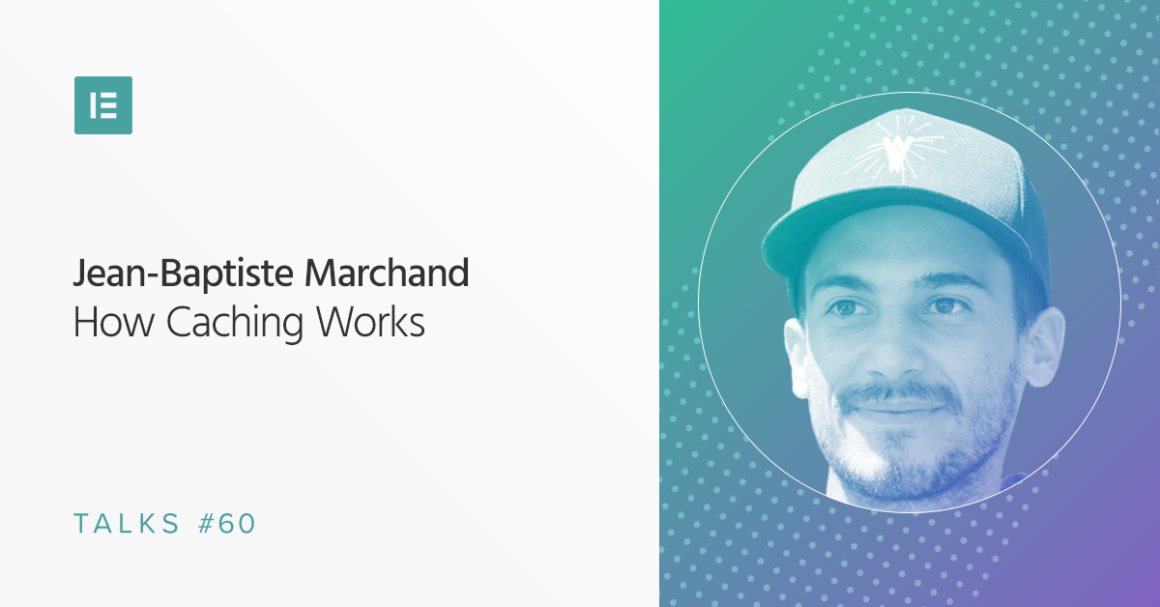So, this is what we call browser cache. And this is the things that expire easily. The server is giving the information to the browser to say, okay, you need to store this information for like two days, one month in your cache. So, next time you are going to visit the website, you don’t need to reload it again because an image usually doesn’t change. So, this is what we called browser caching.
This is usually quite easy to understand but can be complicated. And, this is usually when you say, ‘Hey, have you cleared your cache? Because I don’t see the new image or I don’t see the new website’. This is because the browser still has the asset into the cache. So, this first one and one of the other biggest we do is the WP Rocket, is what we call static cache.
So, basically when you go into WordPress website, WordPress is going to call a lot, do a lot of MySQL request to say, ‘Hey, I need the content of the homepage. I’m a user connected. Okay. If yes, display me as extra.” And so, the WP Rocket or any other static caching plugins store this information, so all the results or the HTML result, which has been done thanks to PHP and HTML. And store it as a static file, a simple HTML file.
And next time when you are going to the website again, it is going to deliver you directly this file. So, there is no need to do any kind of PHP, MySQL, which can be slow. Next time, it’s a static file which is delivered.”
Keep reading the article at Elementor Blog. The article was originally written by Matan Naveh on 2020-03-12 07:19:19.
The article was hand-picked and curated for you by the Editorial Team of WP Archives.

